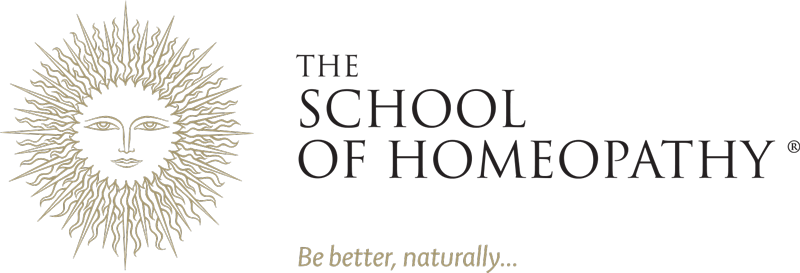Primarily associated with acute and sudden onset symptoms, often linked to fear, shock, or exposure to cold and dry winds.
1. Key Characteristics
Aconitum napellus is often indicated for individuals who experience intense fear, anxiety and restlessness. The onset of symptoms is typically sudden and may follow exposure to cold, dry winds or a frightening event. Aconitum napellus individuals may exhibit a flushed face and a wide-eyed appearance and may feel an impending sense of doom.
2. Physical Symptoms
Aconitum napellus is commonly used for conditions associated with sudden onset, such as high fevers, colds, sore throats and coughs. It is also employed for inflammatory conditions, such as acute inflammations, earaches and headaches. Aconitum napellus can be beneficial for symptoms related to exposure to cold, wind or shock, such as chills, restlessness and palpitations.
3. Emotional and Mental Aspects
Aconitum napellus individuals may experience intense fear, anxiety and panic attacks. They may exhibit a sense of impending doom, restlessness and an inability to sit still. Sleep may be disturbed, with vivid nightmares and a feeling of unease.
4. Aggravations and Ameliorations
Symptoms associated with Aconitum napellus may worsen at night, in the open air or in a warm room. They may feel better in a quiet and calm environment with gentle warmth and when distracted from their fears.
5. Modalities
Symptoms may exhibit a specific pattern, such as sudden onset after exposure to cold and dry winds or following a fright. There may be a thirst for cold drinks, with an aversion to heat or warm foods.
Key Rubrics
1. Sudden onset of symptoms after exposure to cold winds or fright.
2. Intense fear, anxiety and restlessness.
3. High fevers, acute inflammations and inflammatory conditions.
4. Flushed face, wide-eyed appearance and a sense of impending doom.
5. Aggravation at night and in the open air, amelioration with warmth and calmness.
Please note that this is a general overview and it is important to consult a qualified homeopathic practitioner for an individualised assessment and appropriate remedy selection. They will consider the complete symptom picture, medical history and other factors to provide the most suitable treatment approach.

